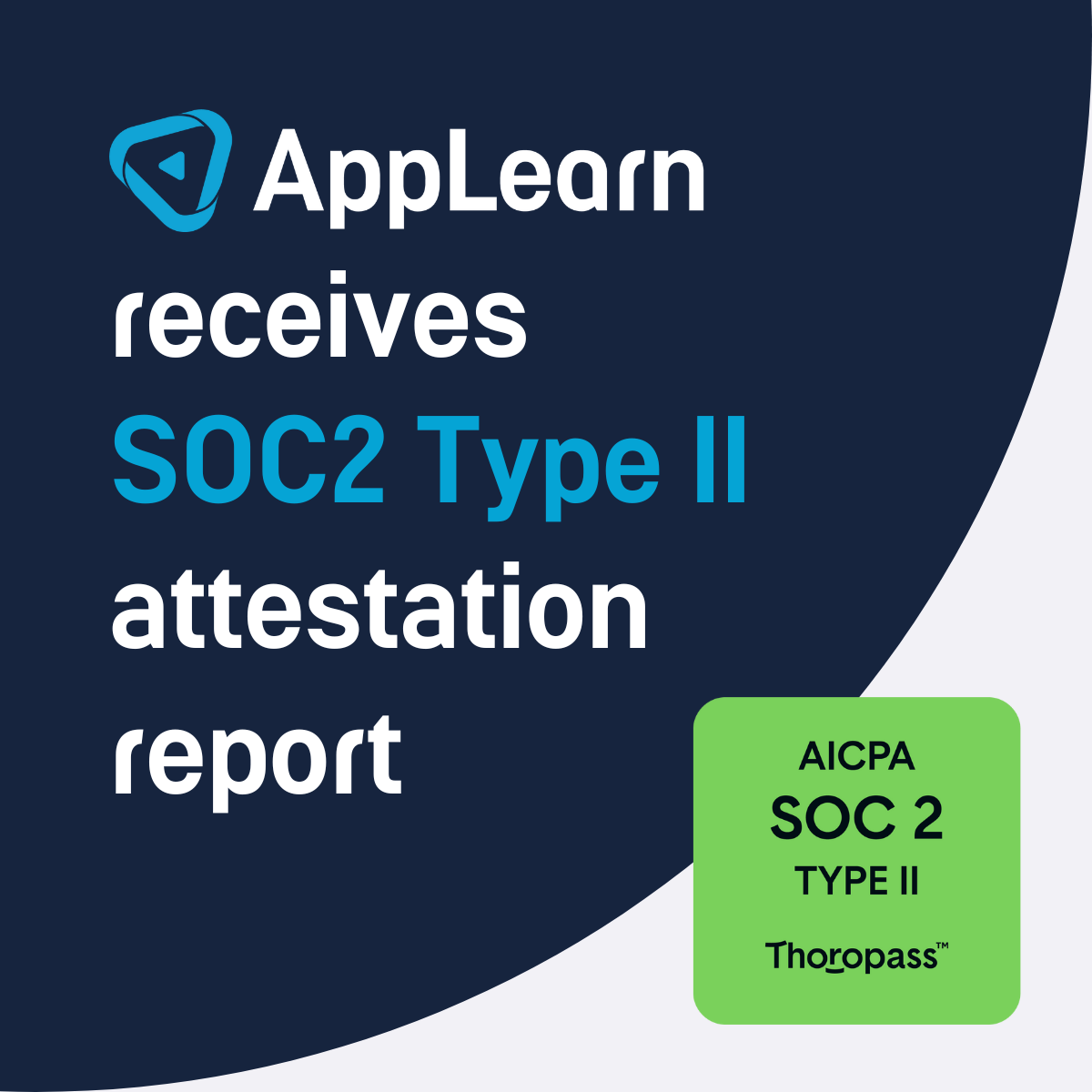News
Transforming the digital workplace with a multi-app strategy
Transforming the digital workplace with a multi-app strategy
In today's rapidly evolving digital environment, the adoption of a multi-app strategy is emerging as a cornerstone for organizations aiming to boost operational efficiency and enrich the digital employee experience (DEX).
It’s a strategy that is rooted in the utilization of a diverse array of applications across various business functions and across various points in the employee lifecycle —from recruitment to retirement.
The essence of this approach lies in acknowledging the intricate and varied nature of modern digital workspaces, where employees may navigate through an overwhelming number of applications to fulfil their daily responsibilities.
Digital adoption platforms (DAPs) play a pivotal role in streamlining this multi-app methodology by offering an overlay that brings together isolated data and creates a relationship across applications, utilizing content, signposts, and tooltips.
Having a multi-app strategy significantly enhances the user journey, elevating productivity and simplifying digital interactions.
The Hybrid Workplace: A Convergence of Diverse Applications
In the hybrid or remote workplace, employees encounter many applications, each with its unique interface, analytics, and support needs, often not aligned with the core business processes.
The digital employee experience becomes a focal point and a multi-app approach takes modern workforce and organisational challenges, positioning the employee at the heart of this digital ecosystem. In this instance the role of a DAP becomes paramount - serving as a digital companion or navigator, guiding employees throughout their digital journey, much like a satellite navigation system in a car.
It's an approach that emphasizes a uniform employee experience, contextual guidance, and the importance of not overlooking employee needs, likening DAPs to flicking a light switch, i.e. you don’t need to see the complexity behind the switch to see something work. With DAPs the complexity behind digital processes remains unseen yet efficiently managed.
Advantages of a Multi-App Approach
Organizations that implement a multi-app strategy through DAPs can reap numerous benefits, including:
- Reduced Digital Friction: A unified interface across numerous applications diminishes the learning curve and confusion, fostering a smoother digital experience.
- Boosted Productivity: Employees spend less time seeking information or learning different software, significantly impacting efficiency.
- Enhanced Engagement and ROI: A seamless digital experience increases software adoption rates, maximizing investment returns and user engagement.
- Improved Satisfaction: A unified digital workspace elevates the overall employee experience, leading to greater satisfaction and engagement.
Enhancing digital employee experience and literacy for the long term
The integration of multiple applications presents technical and logistical hurdles, alongside a general lack of awareness of the benefits and possibilities of creating a cohesive app ecosystem. A DAP equipped with a multi-app strategy not only facilitates the seamless integration of various applications but also enables customization and personalization, allowing organizations to tailor the digital experience to meet their unique needs, thus overcoming the limitations of a one-size-fits-all approach.
Adopting a multi-app strategy with platforms like AppLearn significantly reduces the friction and frustration associated with using multiple digital tools, thereby fostering a conducive environment for digital literacy. DAPs distinguish themselves by permitting organizations to develop and customize content according to their specific requirements, surpassing the basic support functions of individual apps.
The effectiveness of a multi-app strategy is gauged through comprehensive analytics on usage and user journeys, offering insights into the broader impact of digital adoption efforts.
AppLearn champions a strategic approach to digital adoption, highlighting the importance of establishing a Center of Excellence (CoE) that includes digital champions, stakeholders, and C-level executives to ensure cohesive alignment and success.
DEX advocacy - taking ownership
Upon establishing foundational elements, it's important for organizations to enable Digital Adoption Platform (DAP) champions throughout the company, equipping them with the necessary training and resources to advocate, identify, and assess potential applications. Concurrently, crafting a cohesive business case framework should occur, integrating Return on Investment (ROI) estimations for costs, productivity, and engagement metrics.
In its publication titled "How to Successfully Deploy a DEX Tool," Gartner emphasizes the creation of a conducive environment for Digital Employee Experience (DEX) tool implementation. According to Gartner, the emphasis for DEX leaders should be on harmonizing digital settings by placing employees at the forefront, thereby fostering a human-centric experience that guides individuals, teams, and ultimately, the organization towards successful outcomes.
Acknowledging that continual skill development is crucial for success, progressive organizations are investing in professionals specialized in driving digital adoption among employees. Many companies are now appointing dedicated DEX leaders with the responsibility of reviewing and streamlining the digital ecosystem to enhance the workforce's experience. By weaving a 'digital thread' throughout the digital environment, they aim to alleviate software-related frustrations among employees and more clearly delineate paths to success.
Ensuring that employees are proficient in utilizing the continuously advancing technology stacks is essential to prevent the squandering of digital investments. In an ideal scenario, DEX leaders will leverage a DAP to simplify and make it more intuitive for employees to navigate the wide array of software and applications at their disposal.
In the multi-app play setting, a DAP is an example of where DEX leaders can be supported in achieving this goal by offering real-time, in-application guidance through interactive walkthroughs and pop-up messages, which do not disrupt workflows or necessitate shifting contexts.
Where feasible, the strategy should be communicated with principal stakeholders from various departments such as Human Resources, Employee Experience, IT, Security, and the Support Desk.
The DAP helps the DEX leader achieve this objective by providing employees with real-time in-app guidance in the form of step-by-step tours and pop-ups that neither breaks workflows nor requires context switching.
Article by
Adam McVey
Share this article





